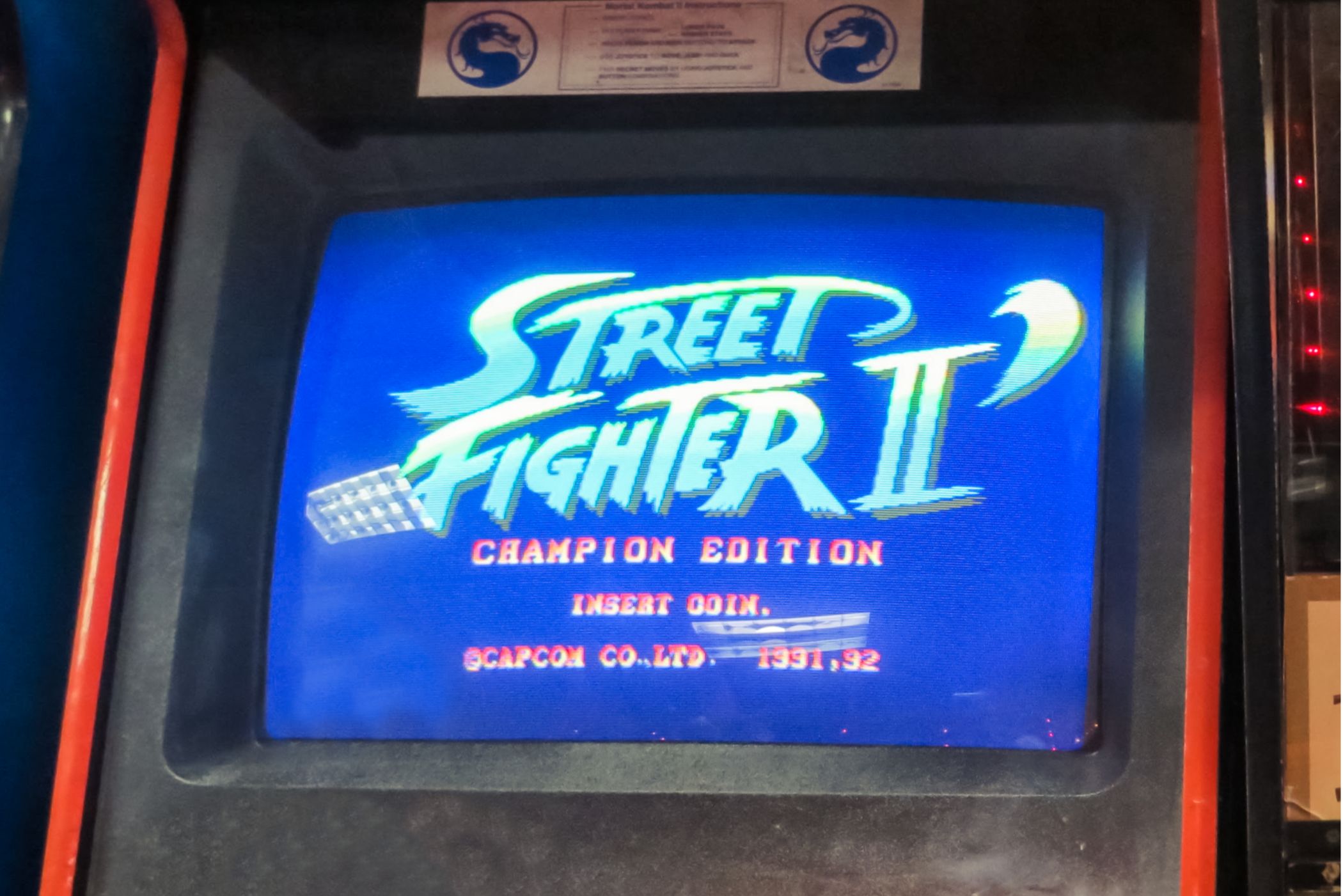Summary
- Arcade games are designed to quickly drain your wallet using difficult levels and cheap tricks.
- Unlimited credits can make arcade games easy to beat.
- Although arcade games are pay-to-win, skillful players can bypass the paywall, and modern games should consider this fair approach.
Sadly, video game arcades have largely died off in most parts of the world, and most true arcade games are now a relic of a retro-gaming past. Yet in some ways these early video games were ahead of their time. That is, they pioneered the “pay to win” approach to game design.
Arcade Games Are Designed to Take Your Money Fast
An arcade game is there to entertain you, but it’s main purpose is to drain your wallet as efficiently as possible. This is why so many arcade games are quite hard, or resort to “cheap” tricks that you can only avoid if you know they’re coming.
In fact, arcade owners could usually flip a few DIP switches inside the cab to increase the difficulty level and make their earnings higher. Of course, if you made the game too hard, people wouldn’t bother playing it at all, so a balance had to be struck.
You Can Beat Any Arcade Game With Unlimited Credits
If you’ve ever played an arcade game with unlimited tokens (using an emulator, for example), you’ll know that most of these games aren’t actually very long and, if you have as many continues as you want, are pretty easy to beat. They were only hard if your number of plays are limited, but take that aspect away and they aren’t much fun at all.

8Bitdo Arcade Stick for Switch
$80 $90 Save
$10
In other words, money is a cheat code for arcade games, and they are literally “pay to win” games by design. This is a term levied at modern free-to-play games, where players who are willing to spend more money on the game get significant gameplay advantages over players who want to play for less money or for free. In other words, the game doesn’t reward skill, it rewards having lots of money to spend.
But Skill Can Bypass the Paywall
Except, despite literally being pay to win, arcade games let you substitute money for skill. The most skilled players can beat an arcade game using a single credit. For some popular games, like Pac-Man players became so good that they could spend hours playing on a single coin, which meant that arcades started losing serious money on those machines.
This is one of the key reasons those games were modified to make them harder, and it’s why we got Ms. Pac-Man, an (initially) unofficial modification to Pac-Man arcade machines.
You’d spend a fair amount of money upfront to learn and become skilled at a game, and then you’d spend less and less as your skill grows. You had a pretty good motivation to get good quickly, because every time you saw a “game over” screen, that was money down the drain!
Modern Pay-to-Win Games Should Take a Page From the Arcades
The very origin of video games is based on a type of pay-to-win model. This is what companies like Atari brought to the world of entertainment. It was only later with the advent of home consoles and home computer games, that we developed the concept of buying a game once for a fixed price, and then playing it as much as you like.
With modern games filled with microtransactions, in-game currency you can buy to gain an advantage, and monetization out the wazoo in every crevice it can be crammed into,it almost feels like we’re bringing the worst aspects of the concept back to the hobby of gaming.
But I think that if you’re going to make a game pay-to-win, why not take the best part of arcade game design and allow players with skills to avoid paying money. That feels inherently fair compared to the status quo today, where no matter how good someone is at the game, anyone with a credit card can overtake them with ease.





